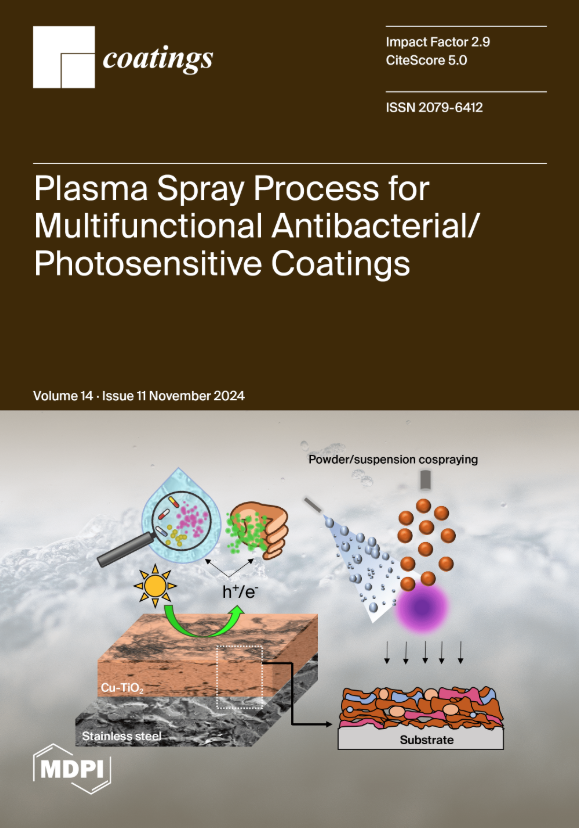双辉等离子合金工艺参数的多物理场模拟研究
IF 2.8
3区 材料科学
Q2 MATERIALS SCIENCE, COATINGS & FILMS
引用次数: 0
摘要
为了研究双辉放电过程中工艺参数的耦合机理,从而加强双辉等离子体表面冶金技术的理论研究,本文利用 COMSOL 仿真软件建立了二维流体模型。研究了双辉放电耦合过程中关键加工因素对电子和受激氩离子分布、电势和电子温度的影响。结果表明,两个电极板之间的电子密度随着电压差的增大而增大。最佳工作压力保持在 0.14 托和 0.29 托之间。最佳电极间距在 15 毫米和 30 毫米之间,并随着压力的增加而减小。与实际等离子体表面合金化过程实验相比,模拟结果与实验结果一致。该研究可通过模拟与理论相结合的方法指导实验,提高了双辉表面冶金技术的可预测性和准确性。本文章由计算机程序翻译,如有差异,请以英文原文为准。
Study on the Multi-Physical Field Simulation of the Double-Glow Plasma Alloying Process Parameters
In order to study the coupling mechanism of the process parameters during the double-glow discharge process, and thus to enhance the theoretical study of double-glow plasma surface metallurgical technology, in this paper, a two-dimensional fluid model is established using COMSOL simulation software. The effects of key processing factors on the distribution of electrons and excited argon ions, potential and electron temperature in the coupling process of double-glow discharge were investigated. The results indicated that the electron density between the two electrode plates increases as the voltage difference increases. The optimal working pressure was kept between 0.14 Torr and 0.29 Torr. The optimal electrode spacing was between 15 mm and 30 mm and decreased with the increase in pressure. Compared with the actual plasma surface alloying process experiment, the simulation results were consistent with the experiments. The research can guide experiments by combining simulation and theory, and the predictability and accuracy of double-glow surface metallurgy technology have been improved.
求助全文
通过发布文献求助,成功后即可免费获取论文全文。
去求助
来源期刊

Coatings
Materials Science-Surfaces, Coatings and Films
CiteScore
5.00
自引率
11.80%
发文量
1657
审稿时长
1.4 months
期刊介绍:
Coatings is an international, peer-reviewed open access journal of coatings and surface engineering. It publishes reviews, research articles, communications and technical notes. Our aim is to encourage scientists to publish their experimental and theoretical results in as much detail as possible. There is no restriction on the length of the papers. Full experimental and/or methodical details must be provided. There are, in addition, unique features of this journal:
* manuscripts regarding research proposals and research ideas will be particularly welcomed
* electronic files or software regarding the full details of the calculation and experimental procedure - if unable to be published in a normal way - can be deposited as supplementary material
 求助内容:
求助内容: 应助结果提醒方式:
应助结果提醒方式:


